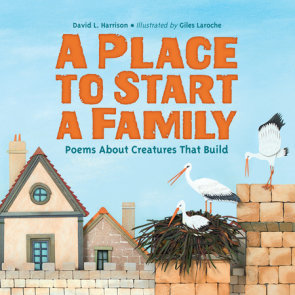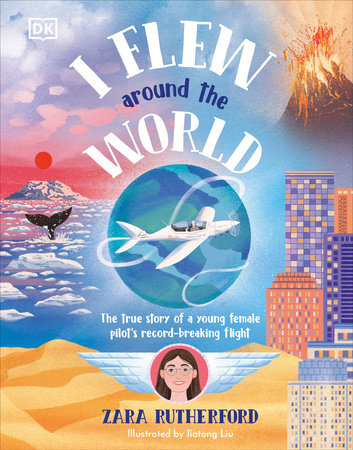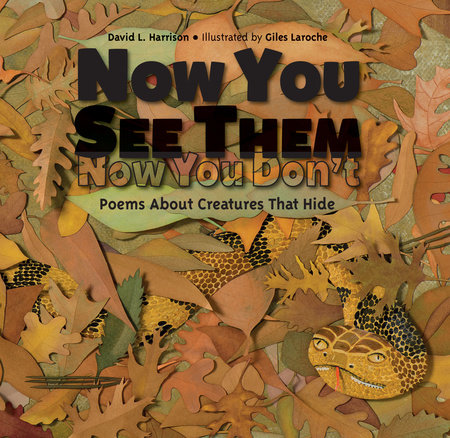

Now You See Them, Now You Don't
By David L. Harrison
Illustrated by Giles Laroche
By David L. Harrison
Illustrated by Giles Laroche
By David L. Harrison
Illustrated by Giles Laroche
By David L. Harrison
Illustrated by Giles Laroche
Category: Children's Nonfiction
Category: Children's Nonfiction

-
$17.95
Feb 16, 2016 | ISBN 9781580896108 | 5-9 years
-
Feb 16, 2016 | ISBN 9781607348429 | 5-9 years
YOU MAY ALSO LIKE

Slide and Seek Shapes
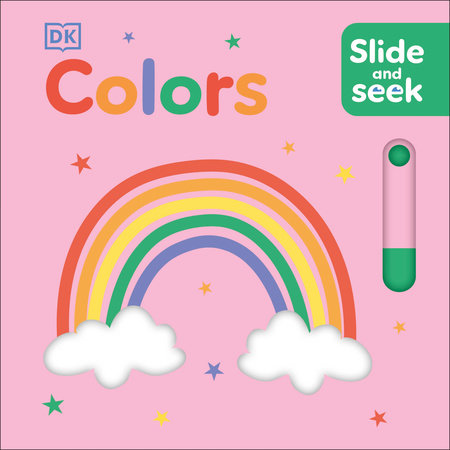
Slide and Seek Colors
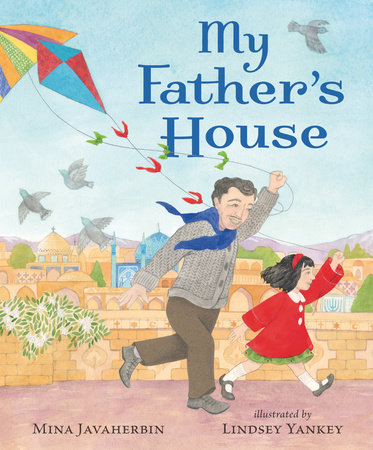
My Father’s House
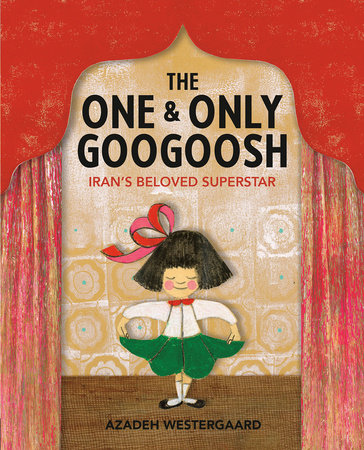
The One & Only Googoosh
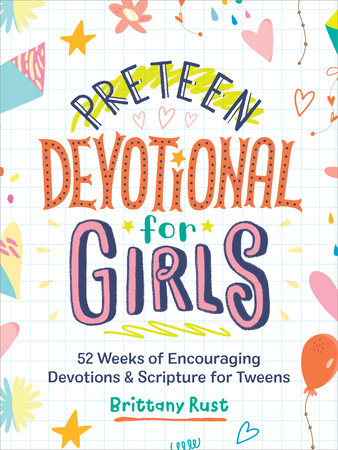
Preteen Devotional for Girls

Every Body
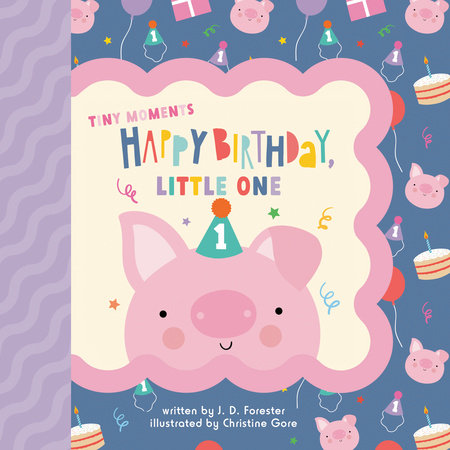
Happy Birthday, Little One

On Your Baptism Day

Whirligigs
Praise
*Nineteen different animals, placed in five animal categories, are represented first by artwork and poetry and finally by brief paragraphs and references for further reading.
The poems are graceful and often humorous, giving good introductions to the reasons behind each animal’s protective coloration. The illustrations, which involve “drawing, cutting, painting, and gluing,” likewise effectively convey how camouflage works, without pretense of photorealism. The categories—sea life, reptiles and amphibians, mammals, insects and spiders, and birds—reveal a wide variety of animals, from ghost crab to Bengal tiger, walking stick to hawk. An especially funny but accurate poem is the double-page spread about the copperhead, whose letter to “Mr. Vole” is full of sibilance, reinforced in a literal sense: “Find me / if you can, / my sssskin / deceivessss, / helpssss me / dissssappear.” The accompanying art shows the mottled, coppery serpent under a scattering of autumn leaves. In contrast, a fawn hides, scentless, “saved by fawny / polka dots / that blend with / gentle sunny spots.” The text educates young readers about useful camouflage for predators and for prey, without resorting to anything truly disturbing. Other than a “buzzy fly” becoming “fast food” for a spider and some tiny fish disappearing, predators are shown as merely threatening, and prey are shown as successfully hiding. Endnotes, cover, and layout all add to a thoughtful, well-executed book.
An attractive, informative blend of science and the arts.
–Kirkus Reviews, *starred review
In this attractive collection of poetry about camouflage in nature, 19 entries are grouped into five sections: “Sea Life,” “Reptiles & Amphibians,” “Mammals,” “Insects & Spiders,” and “Birds.” Each selection focuses on one creature, highlighting its use of camouflage in the wild. The verse is brief but catchy, and Harrison’s sound use of rhythm and rhyme results in offerings that are pleasant to read aloud. Each poem is accompnaied by an illustration done in cut-paper relief on hand-painted papers. Reminiscent of Steve Jenkins’s collages, they are lively and engaging. Back matter contains additional information about each creature, including its scientific name and a few suggestions for further reading. VERDICT An altogether appealing volume for young poetry aficionados and animal lovers alike.
–School Library Journal
Nineteen varied poems, illustrated in cut-paper relief, describe examples of animal camouflage to young readers. Using instances from sea life, reptiles and amphibians, mammals, insects and spiders, and birds, Harrison’s succinct poems detail the techniques used by these creatures to avoid detection. In “Bumblebee Moth,” for example, “A moth that looks / like a bumblebee / is nature’s gimmick / to scare away / its enemies / and save the mimic.” Laroche’s colorful artwork is appealing both in its attractive design and scientific detail. His spreads clarify and sometimes extend the text, as in “Crab Spider,” about an arachnid, depicted on two differently-hued flowers, which changes colors to blend with its surroundings. Extensive back matter provides additional information about each species and offers suggestions for further reading. Helping to bridge the gap between science and literature, this joins the growing number of excellent nature poetry titles, such as Joyce Sidman’s Winter Bees and other Poems of the Cold (2014) and Irene Latham’s When the Sun Shines on Antarctica and Other Poems about the Frozen Continent (2016).
–Booklist
21 Books You’ve Been Meaning to Read
Just for joining you’ll get personalized recommendations on your dashboard daily and features only for members.
Find Out More Join Now Sign In








